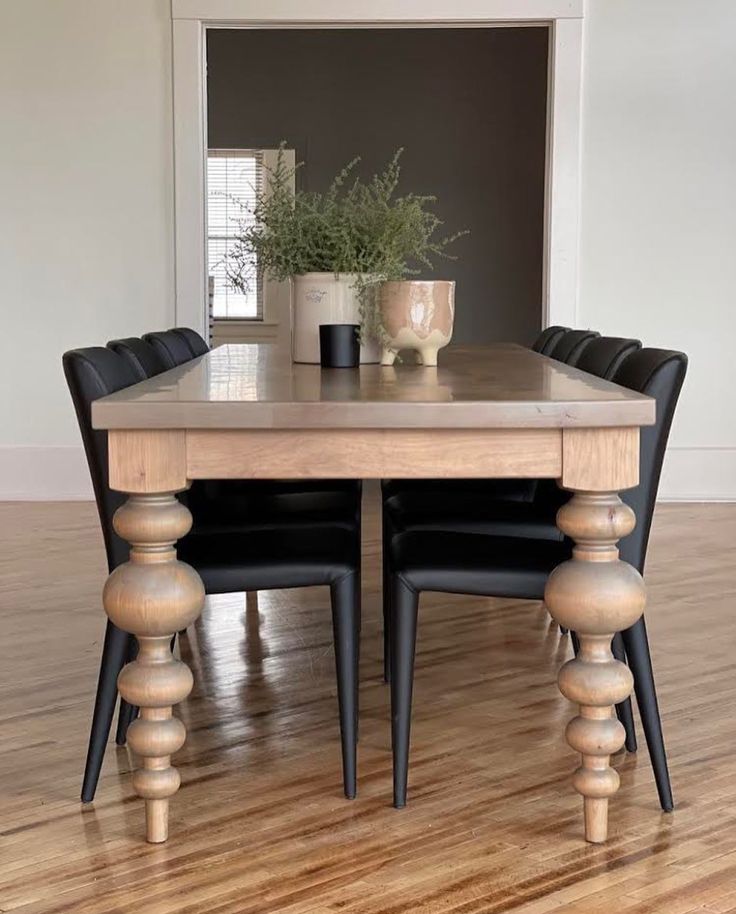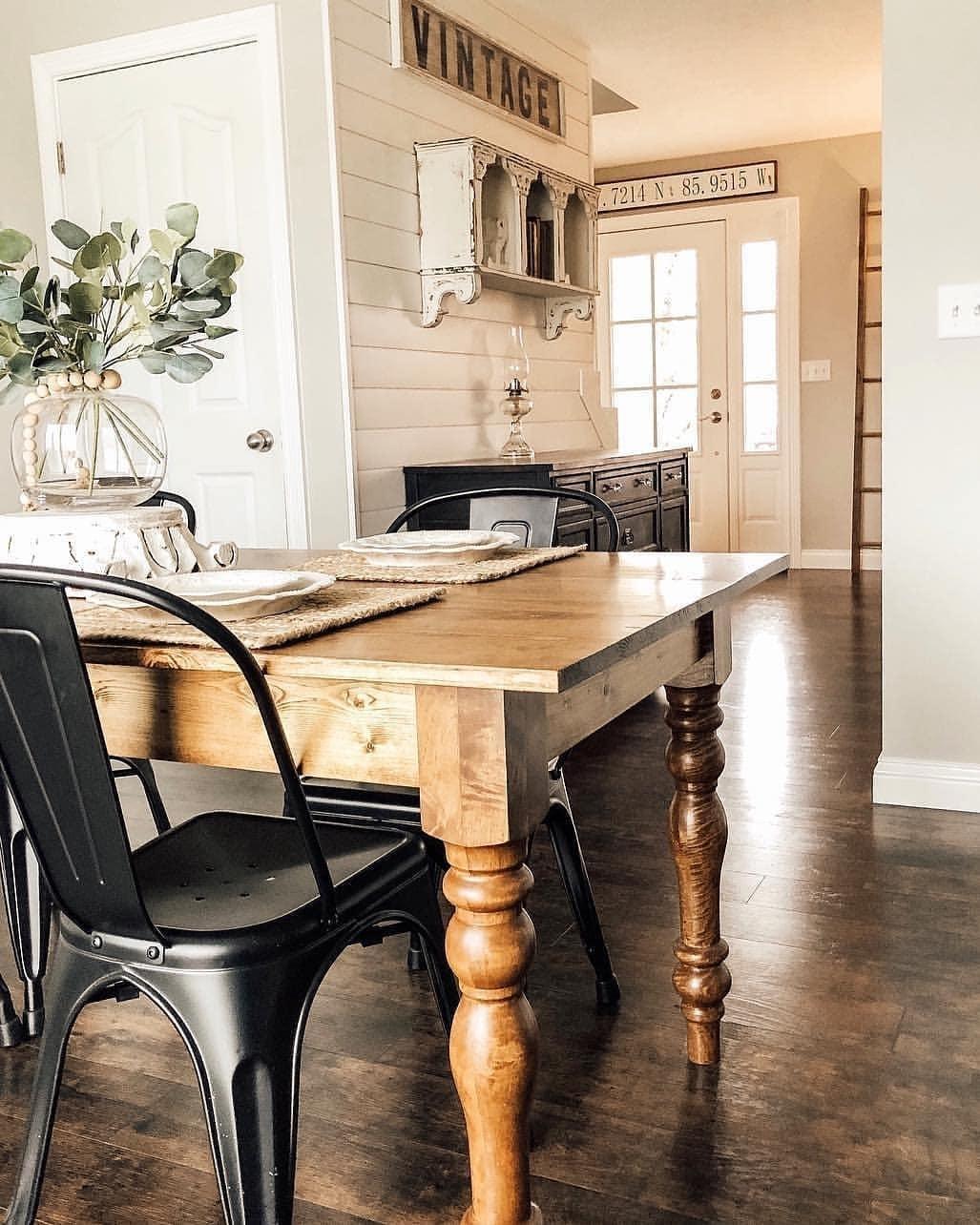Expert Tips for Putting Up Eating Room Table Legs for Optimum Stability
When it involves setting up eating room table legs, attaining optimum stability is extremely important for both performance and aesthetic appeals. The process begins with choosing the right materials and hardware, adhered to by thorough positioning and consideration of weight distribution. Each step plays a vital duty in guaranteeing that the ended up product withstands day-to-day usage without endangering safety or design integrity. However, comprehending the nuances of these components can substantially affect the overall outcome. What specific techniques can improve stability even better?
Select the Right Legs
When picking the ideal legs for your eating room table, it is essential to take into consideration both functionality and aesthetic appeals. The legs you select will dramatically affect the general layout and security of the table. Assess the table's planned usage; if you expect constant celebrations, sturdier legs, such as those made from strong wood or metal, may be much more suitable, as they offer boosted resilience and assistance.
Conventional dining tables usually vary from 28 to 30 inches in elevation, so guarantee the legs align with this criterion for comfort. Conical legs can include a modern touch, while transformed legs may communicate a much more classic visual.

Select Appropriate Hardware
Just how can the right equipment enhance the security and durability of your dining space table? The selection of appropriate hardware is vital to making certain that the legs of your table are securely affixed and able to stand up to routine usage. Premium screws, screws, and braces give the necessary strength to sustain the weight of the table, along with any kind of extra loads put upon it throughout meals or gatherings.
When selecting screws, choose for those made from resilient products such as stainless-steel or brass, which stand up to rust and keep stability in time. The length of the screws is just as important; they must penetrate deeply right into the table's framework without jeopardizing integrity. For bolted connections, think about making use of lock washing machines to protect against loosening up due to resonance or motion.
Furthermore, making use of corner brackets can include additional support, specifically for bigger tables or those with much heavier tops. These braces distribute weight uniformly and help preserve the table's shape. Guaranteeing that the equipment you choose is ideal for the certain materials of your table will further enhance its total stability and long life, enabling you to appreciate your dining experience for many years to find.
Ensure Proper Placement
Correct positioning of dining area table legs is crucial for both aesthetic charm and practical security. To attain optimal positioning, start by determining the distance from the table's edges to the leg accessory points.
Utilize a degree throughout setup to validate that each leg is vertical to the table top. It is advisable to note the wanted leg settings on the bottom of the table with a pencil or covering up tape before safeguarding them.
Additionally, ascertain the placement after the initial screws are tightened up, as changes might be needed prior to completely securing the hardware. By focusing on appropriate positioning, you not just boost the table's overall layout however great post to read likewise make sure that it stays practical and stable for years ahead.

Consider Weight Circulation
After making sure appropriate placement of the dining-room table legs, it's essential to take into consideration weight distribution to improve stability and performance. dining room table legs. Proper weight distribution is crucial in protecting against tottering and guaranteeing that the table can sustain its designated load without risk of tipping or falling down
When placing the legs, guarantee they are put at equal distances from the facility of the table to equally distribute the weight across the framework. Think about the weight of the tabletop and any kind of things that will regularly rest on it, such as ornamental items or tabletop home appliances. Tables with larger surfaces ought to preferably have legs positioned closer to the edges, as this maximizes the base of assistance and lessens the risk of instability.
In addition, if the table is intended for usage in a high-traffic location, consider using much heavier materials for the legs or adding supporting aspects, such as cross-bracing or a lower rack - dining room table legs. These changes can help keep equilibrium and stop shifting during use. Eventually, a well-considered weight distribution method will considerably improve the table's overall performance, guaranteeing it stays a functional and appealing centerpiece for your eating room
Examination Security Before Usage
Checking the stability of the eating space table this before use is an essential step that should not be ignored. If the table reveals instability, recognize the legs or joints that might call for change.
Next, inspect that all bolts and screws are tightened appropriately. Loose connections can cause instability and possible damages over time. If necessary, utilize wood adhesive on joints to enhance stability, ensuring to enable ample drying out time.

Verdict
To conclude, the setup of dining-room table legs requires careful factor to consider of products, positioning, weight, and hardware distribution to attain optimum stability. By choosing top quality bolts and tough legs, making sure precise placement, and dispersing weight equally, the architectural honesty of the table can be substantially improved. Carrying out a stability examination prior to regular usage additionally makes sure that the table will certainly endure everyday pressures, therefore providing a trusted and secure dining experience.
When it comes to installing dining space table legs, achieving optimum stability is vital for both capability and aesthetics. The legs you pick will considerably influence the general design and stability of the table (dining room table legs). Conventional dining tables usually vary from 28 to 30 inches in height, so ensure the legs straighten with this requirement for comfort.Correct placement of dining space table legs is necessary for both visual charm and useful use this link security.In conclusion, the installation of dining space table legs calls for cautious consideration of materials, placement, weight, and hardware circulation to accomplish maximum stability